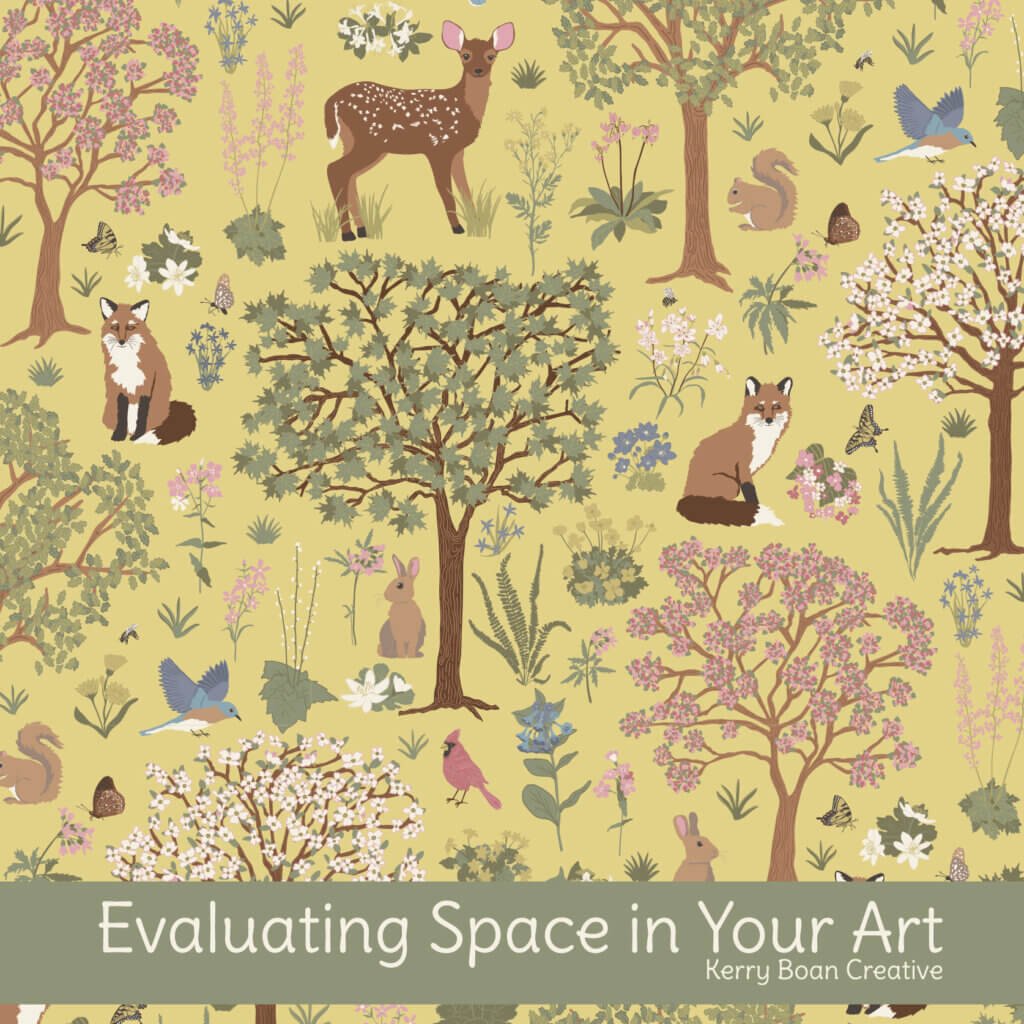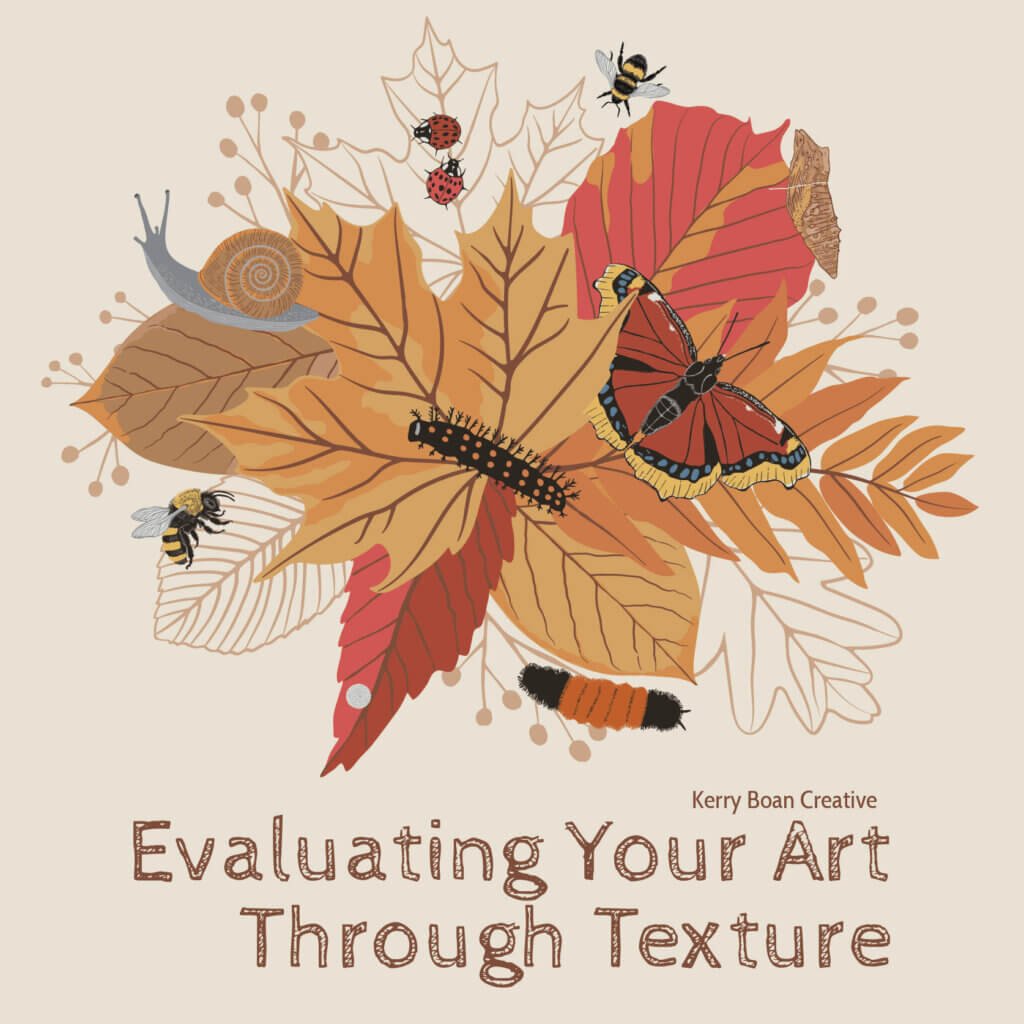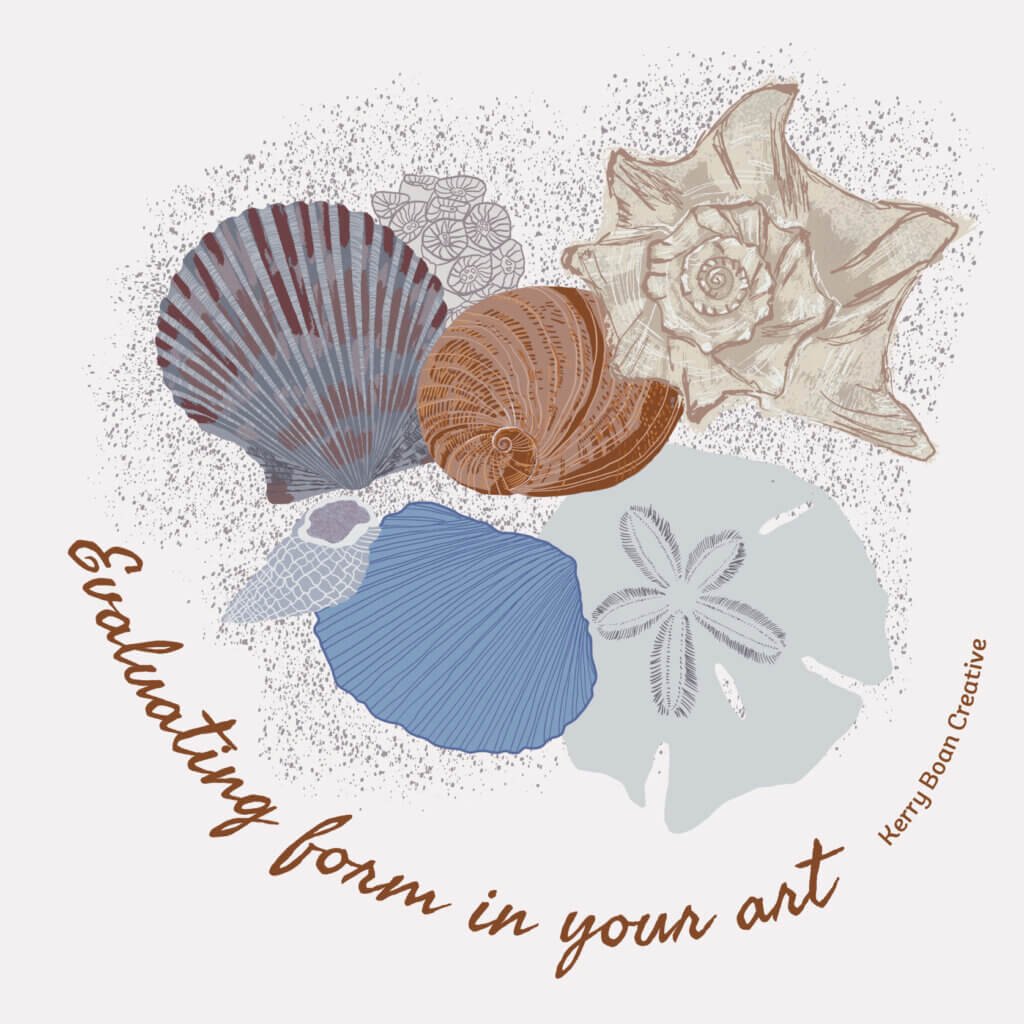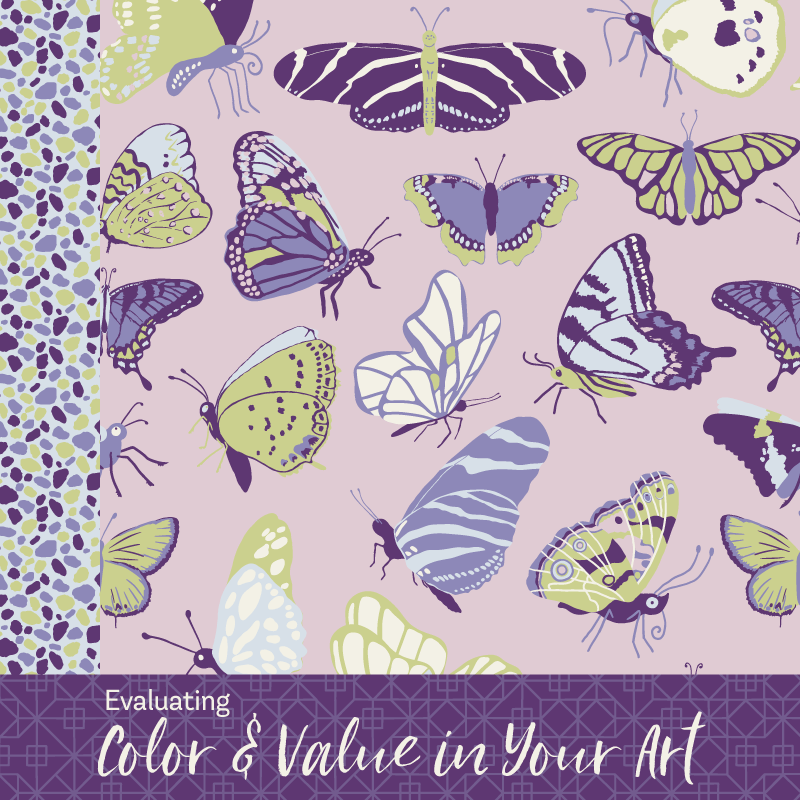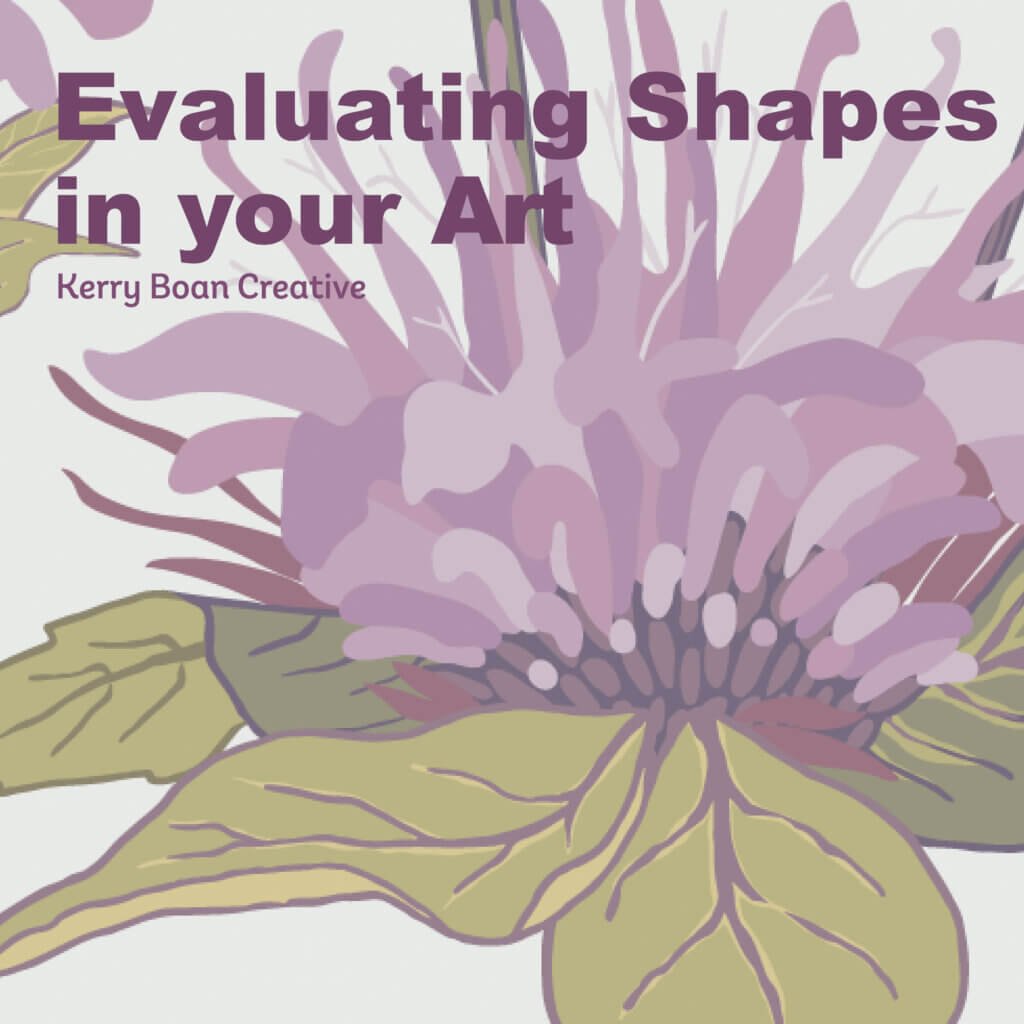Space is one of the seven elements of art, and it deals with how objects relate to each other and to the areas around them. In realistic work, space often means perspective and distance. In stylized and abstracted art, space can be suggested in other ways — through openness and density, the arrangement of motifs, and the overall balance of the composition.
Some artists use space to create the illusion of depth, while others keep everything on the same plane for a flatter, more decorative effect. Neither approach is better or worse; it depends on the style you are aiming for.
Open vs. dense space
Space can change the mood of a piece depending on how much of it is filled.
- Open space feels light and airy
- Balanced space mixes openness and detail
- Dense space feels busy and full
- All-over space spreads motifs evenly with little hierarchy
Arrangement of elements
The way motifs are positioned relative to one another shapes the overall feel of the composition.
- Isolated motifs stand apart with room around them
- Clustered motifs create areas of weight or focal points
- Repeated motifs build rhythm and pattern
Balance of the composition
Balance is about how visual weight is distributed across the artwork.
- Symmetrical balance feels stable and centered
- Asymmetrical balance feels dynamic but still unified
- Radial balance builds around a central point
- All-over balance spreads weight evenly
- Off-balance compositions feel weighted to one side, creating tension
Depth or flatness
Space can be used to suggest depth, or it can be minimized for a flatter effect.
- Overlapping motifs push some elements forward and others back
- Scale changes imply closeness or distance
- Color shifts (lighter in back, darker in front) can add depth
- Keeping everything on the same plane emphasizes flatness and surface design
Space can be as open or crowded, balanced or off-center, deep or flat as you choose. Noticing how artists you admire handle space can help you see whether you are drawn to airy, minimal compositions, dense all-over designs, or something in between. That understanding becomes another part of your visual vocabulary, shaping how you approach your own work.
And since space really is the final frontier, it feels fitting that it’s also the final piece in this series. 😉
